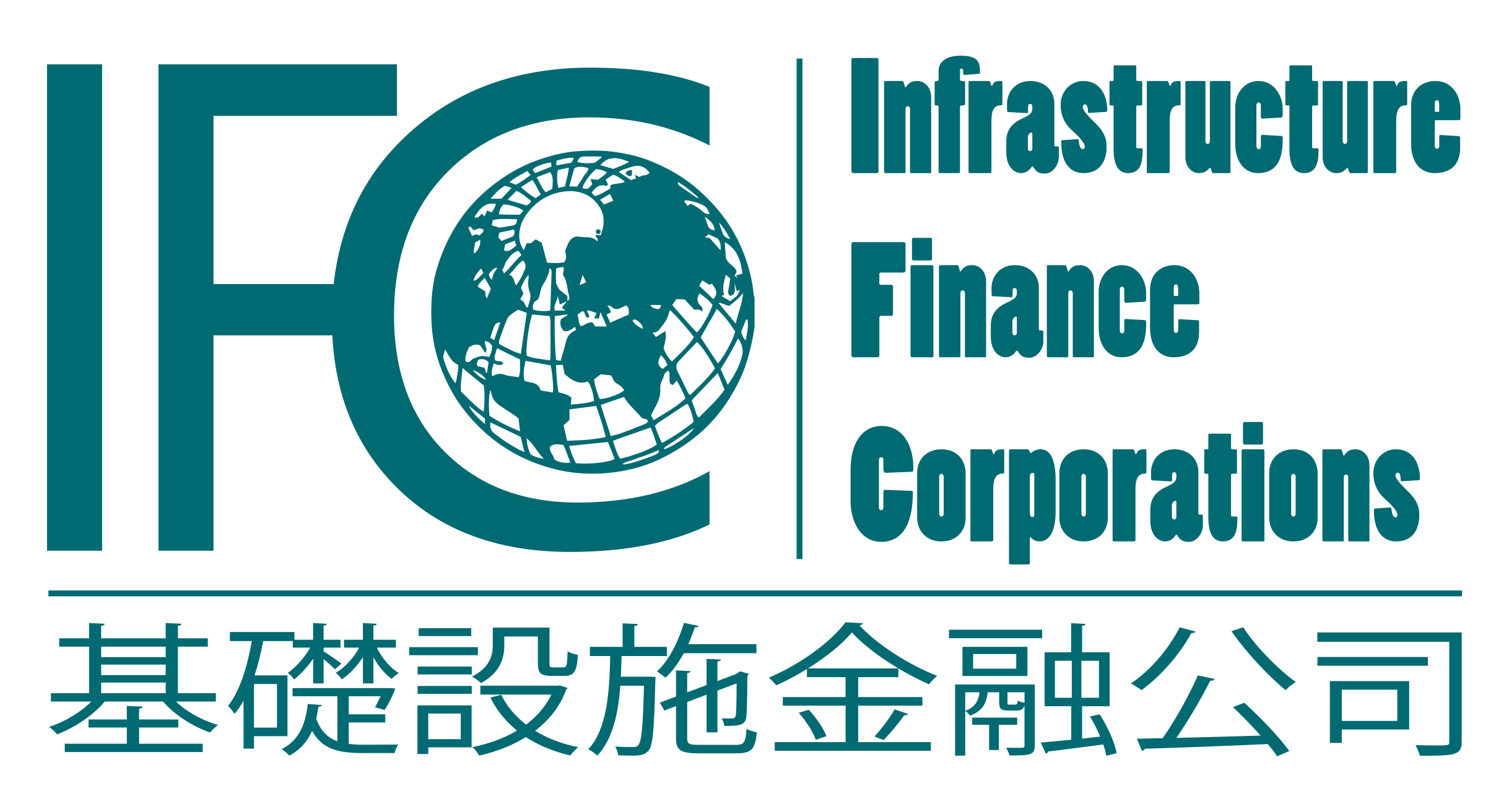

In the realm of infrastructure development, Engineering, Procurement, and Construction (EPC) projects play a pivotal role in delivering complex projects efficiently. The EPC financing model stands as a strategic approach to fund such projects, providing a structured framework for investors, contractors, and stakeholders. This guide aims to elucidate the intricacies of the EPC financing model, its components, benefits, challenges, and best practices.
Understanding the EPC Financing Model
The EPC financing model encompasses a collaborative effort among various stakeholders to ensure the successful execution of infrastructure projects. At its core, the model involves three key phases: Engineering, Procurement, and Construction. Each phase is meticulously planned, managed, and financed to achieve project objectives within stipulated timelines and budgets.
Components of the EPC Financing Model
Engineering: The initial phase involves comprehensive engineering design and planning to delineate project specifications, requirements, and feasibility studies. Engineering costs are typically funded by the project owner or developer.
Procurement: Procurement entails the acquisition of necessary materials, equipment, and resources essential for project execution. Procurement costs may be financed through equity investments, loans, or a combination of both.
Construction: The construction phase encompasses on-site activities, project management, and quality assurance to ensure adherence to design specifications and timelines. Construction costs are typically funded through a mix of equity, debt financing, and project revenues.
Benefits of the EPC Financing Model:
Risk Mitigation: The EPC model allows for the allocation of risks among stakeholders, thereby minimizing financial and operational uncertainties.
Cost Efficiency: Through streamlined procurement processes and competitive bidding, the EPC model facilitates cost-effective project delivery while maintaining quality standards.
Timely Execution: With clearly defined milestones and contractual obligations, the EPC model ensures timely project completion, thereby enhancing investor confidence and stakeholder satisfaction.
Single Point Accountability: The EPC contractor assumes responsibility for project design, procurement, and construction, thereby fostering accountability and efficiency throughout the project lifecycle.
Challenges and Considerations:
Financing Constraints: Securing adequate financing for EPC projects may pose challenges due to market volatility, regulatory constraints, and project risks.
Contractual Obligations: Developing comprehensive EPC contracts that delineate roles, responsibilities, and dispute resolution mechanisms is imperative to mitigate potential conflicts and legal uncertainties.
Technological Advancements: Rapid technological advancements and evolving industry standards necessitate continuous innovation and adaptation within the EPC financing model to address emerging challenges and opportunities.
Best Practices
Conclusion
The EPC financing model serves as a cornerstone for driving infrastructure development, fostering economic growth, and addressing societal needs. By leveraging innovative financing mechanisms, risk mitigation strategies, and stakeholder partnerships, EPC projects can unlock new opportunities for sustainable development and prosperity in the global economy. Embracing the principles outlined in this guide will empower stakeholders to navigate the complexities of EPC financing and achieve successful project outcomes in an increasingly dynamic and competitive landscape.
